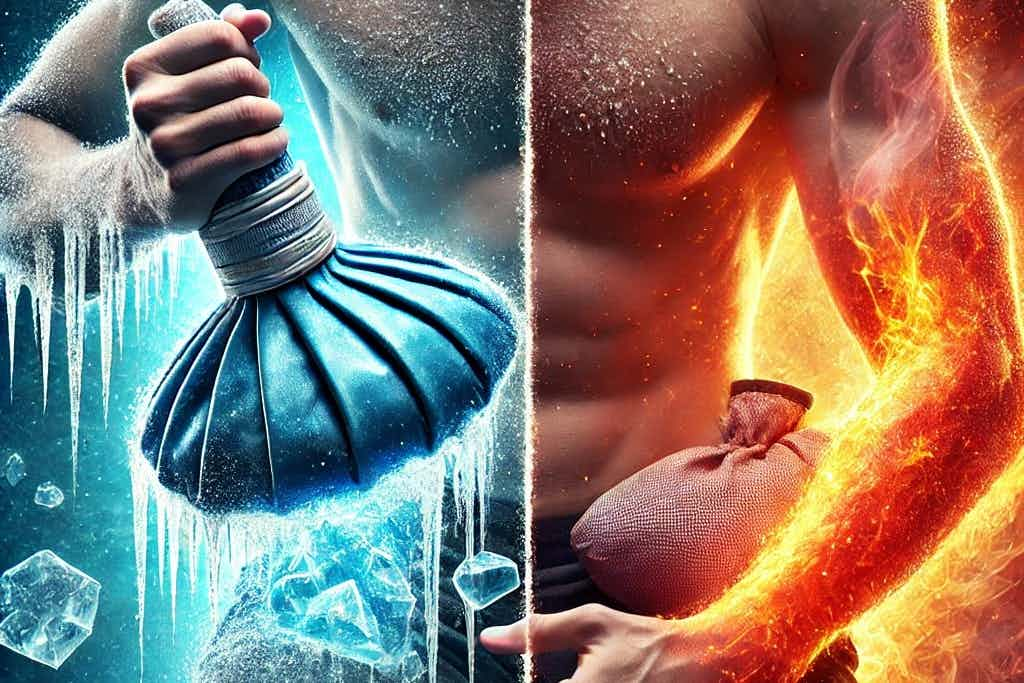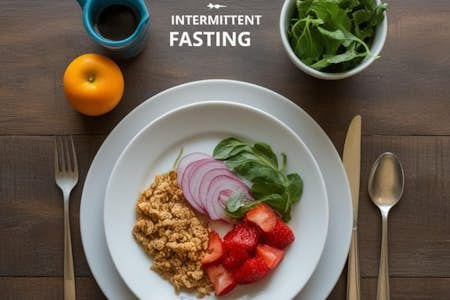So you just finished a brutal workout. Your legs feel like jelly, your arms are noodles, and your muscles are already whispering, “You're gonna feel this tomorrow.” The big question now is: do you grab an ice pack or a heating pad?
Welcome to the age-old gym debate—cold vs. heat for recovery. Let’s cut through the noise and figure out what actually works.
❄️ Cold Therapy: The Ice Age Comeback
Okay, first up—cold therapy, aka cryotherapy if you're feeling fancy. Think ice baths, frozen peas, and those sci-fi-looking cryo chambers some pro athletes swear by.
Here’s why people love it:
Inflammation be gone: Cold causes your blood vessels to constrict, which can help tone down swelling and redness in overworked muscles.
Pain relief on tap: It literally numbs your nerves. You’ll still be sore tomorrow, but at least it gives you a short break today.
Slows everything down: Less heat = slower metabolic activity = maybe less muscle damage right after a tough session.
Sounds great, right? But hold up—a few studies are side-eyeing cryotherapy because it might actually slow muscle growth if you overdo it. So yeah, it’s not a miracle fix.
🔥 Heat Therapy: Warm, Fuzzy, and Surprisingly Useful
Now let’s talk heat—because who doesn’t love wrapping themselves in something warm after a rough gym day?
Here’s what heat brings to the table:
More blood flow = faster healing: Heat opens up your blood vessels, which means more oxygen and nutrients get where they need to go.
Muscles chill out (ironically): It helps tight or stiff muscles loosen up, which can be a game changer if you're hobbling around like you ran a marathon you didn’t train for.
Pain relief, round two: Heat messes with pain signals just enough to make you go, “Ahh, that’s better.”
But here’s the kicker—if you slap heat on something that’s already inflamed, it might make it worse. So timing matters.
So... Which One’s Better?
Annoying answer, but here it is: it depends.
Just finished a workout? Ice might be your buddy.
Feeling sore the next day? Heat might be the better move.
Dealing with chronic tightness or stiffness? Try heat before you move. Feels great.
Just want to feel something because you’re tired and broken? Totally valid—pick what feels good.
Bonus Round: Ever Heard of Contrast Therapy?
Here’s a fun twist—contrast therapy. It’s basically a hot/cold switcheroo. You alternate between cold and heat, and it’s supposed to act like a pump for your blood vessels. A lot of athletes love it, especially after brutal training sessions.
Imagine this: three minutes in a cold plunge, then a few in a sauna. Repeat. You’re basically tricking your body into feeling brand new again. Worth trying if you’ve got access (or just do it the DIY way with showers).
Real Talk: The Secret Sauce Is Still the Basics
Look, cold and heat can both help. But don’t get so caught up in recovery hacks that you forget the boring stuff that actually works:
Sleep like a champ.
Eat enough real food.
Drink your water.
Don’t train like a maniac every day.
Recovery is a whole system, not just what you stick on your muscles after leg day.
Final Thoughts
Whether you're dunking yourself in ice water like a Viking or snuggling up with a heat pad like it's winter break, both methods have their place. The trick is figuring out what works for your body—and not blindly following whatever’s trending on fitness TikTok.
Listen to your body. It usually knows what it needs before you do.
Now go crush your next workout—and don’t forget to recover like you mean it.









